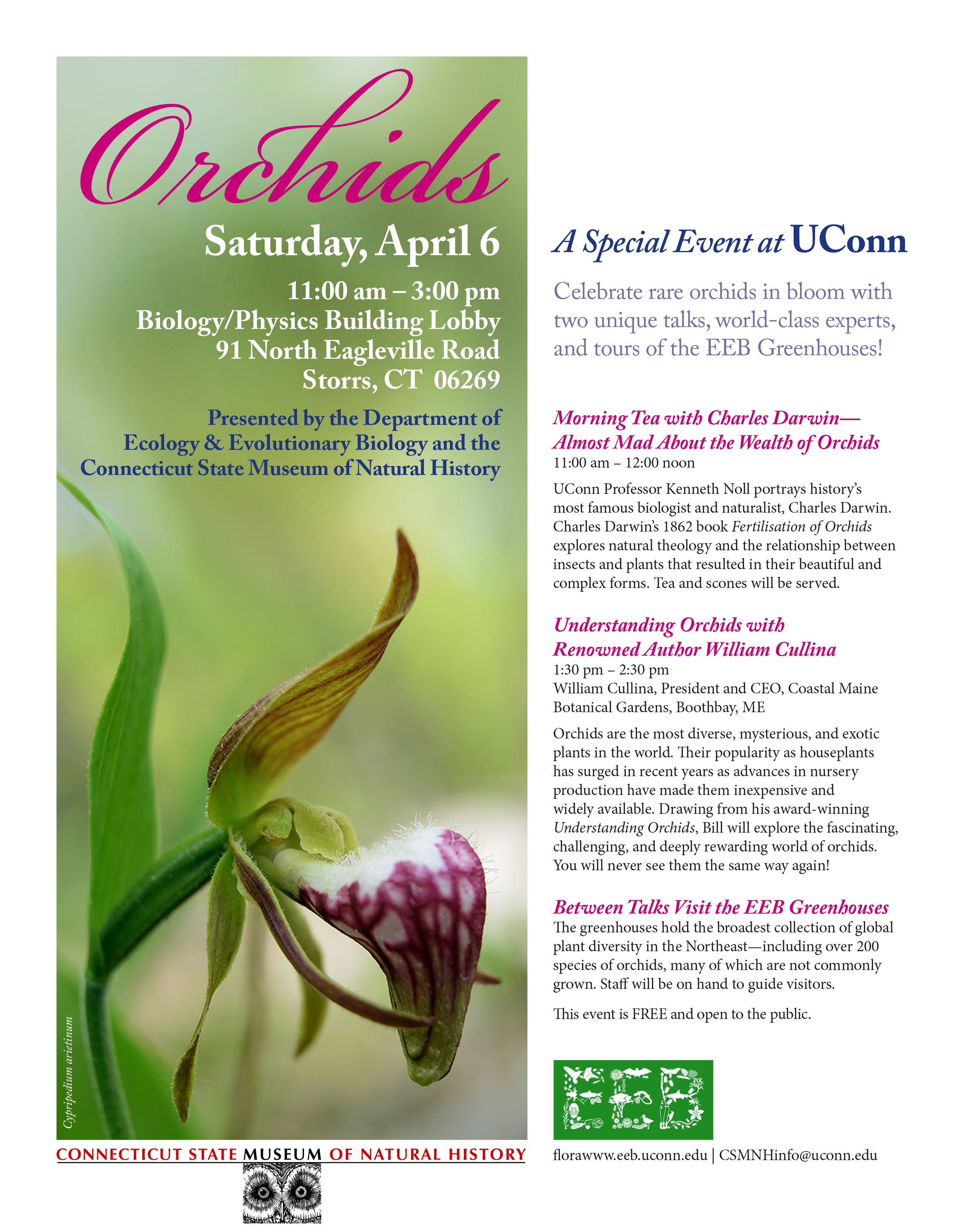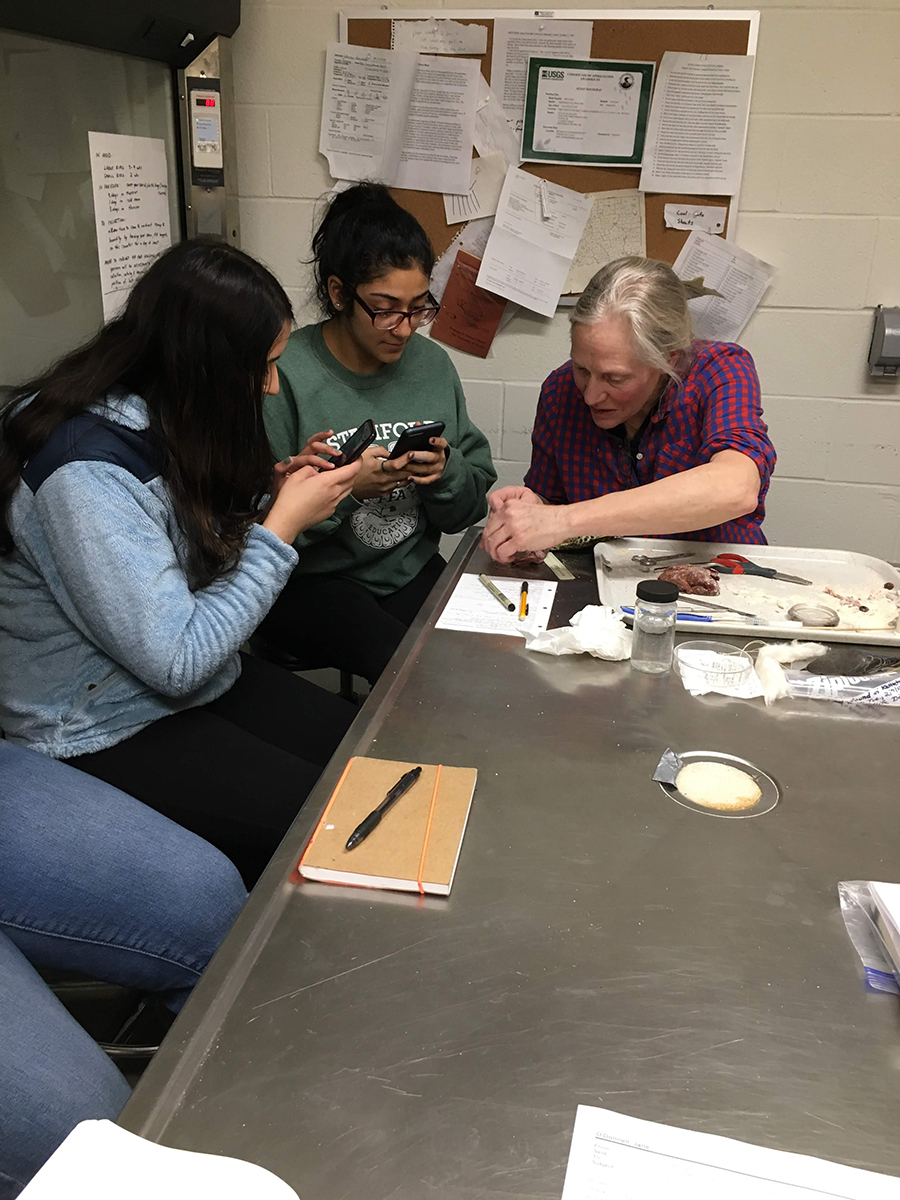New study integrating CONN herbarium specimens in estimating the effect of climate change on plant behavior.
Lorieul T., K.D. Pearson, E.R. Ellwood, H. Goëau, J.-F. Molino, P.W. Sweeney, J.M. Yost, J. Sachs, E. Mata-Montero, G. Nelson, P.S. Soltis, P. Bonnet & A. Joly. 2019. Toward a large-scale and deep phenological stage annotation of herbarium specimens: Case studies from temperate, tropical, and equatorial floras. Applications in Plant Sciences 7(3): e1233. pdf
Abstract reads: Premise of the Study: Phenological annotation models computed on large‐scale herbarium data sets were developed and tested in this study.
Methods: Herbarium specimens represent a significant resource with which to study plant phenology. Nevertheless, phenological annotation of herbarium specimens is time‐consuming, requires substantial human investment, and is difficult to mobilize at large taxonomic scales. We created and evaluated new methods based on deep learning techniques to automate annotation of phenological stages and tested these methods on four herbarium data sets representing temperate, tropical, and equatorial American floras.
Results: Deep learning allowed correct detection of fertile material with an accuracy of 96.3%. Accuracy was slightly decreased for finer‐scale information (84.3% for flower and 80.5% for fruit detection).
Discussion: The method described has the potential to allow fine‐grained phenological annotation of herbarium specimens at large ecological scales. Deeper investigation regarding the taxonomic scalability of this approach is needed.
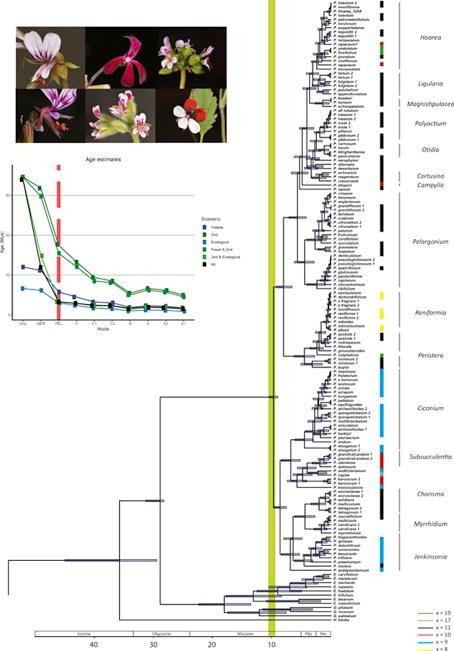 Another study from the Jones and Schlichting lab on the diversification of Pelargonium with vouchers deposited in the CONN herbarium.
Another study from the Jones and Schlichting lab on the diversification of Pelargonium with vouchers deposited in the CONN herbarium.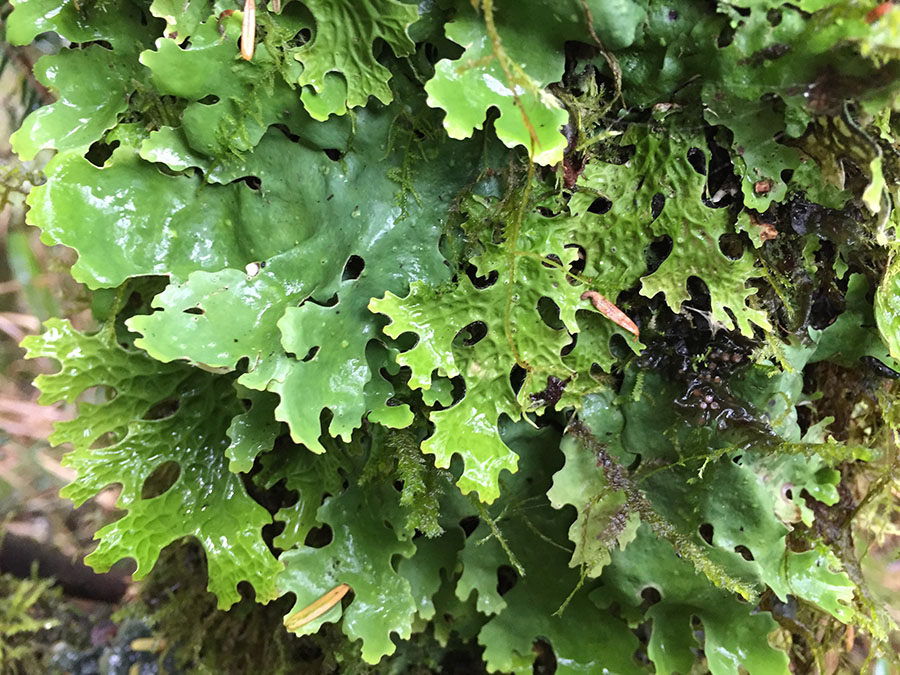 Widhelm T.J., F. Grewe, J. P. Huang, J. Mercado, B. Goffinet, R. Lücking, I. Schmitt, B. Moncada, R. Mason-Gamer & H. T. Lumbsch. 2019. Multiple historical processes obscure phylogenetic relationships in a taxonomically difficult group (Lobariaceae, Ascomycota). Scientific Reports 9: 8968.
Widhelm T.J., F. Grewe, J. P. Huang, J. Mercado, B. Goffinet, R. Lücking, I. Schmitt, B. Moncada, R. Mason-Gamer & H. T. Lumbsch. 2019. Multiple historical processes obscure phylogenetic relationships in a taxonomically difficult group (Lobariaceae, Ascomycota). Scientific Reports 9: 8968. 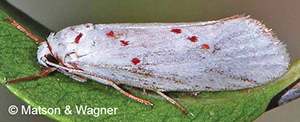 The monographic study by Matson et al. reveals a new species in the genus Lactura with type and other specimens held in the BRC: Matson T.A., D.L. Wagner & S.E. Miller. 2019. A revision of North American Lactura (Lepidoptera, Zygaenoidea, Lacturidae). ZooKeys 846: 75–116.
The monographic study by Matson et al. reveals a new species in the genus Lactura with type and other specimens held in the BRC: Matson T.A., D.L. Wagner & S.E. Miller. 2019. A revision of North American Lactura (Lepidoptera, Zygaenoidea, Lacturidae). ZooKeys 846: 75–116. 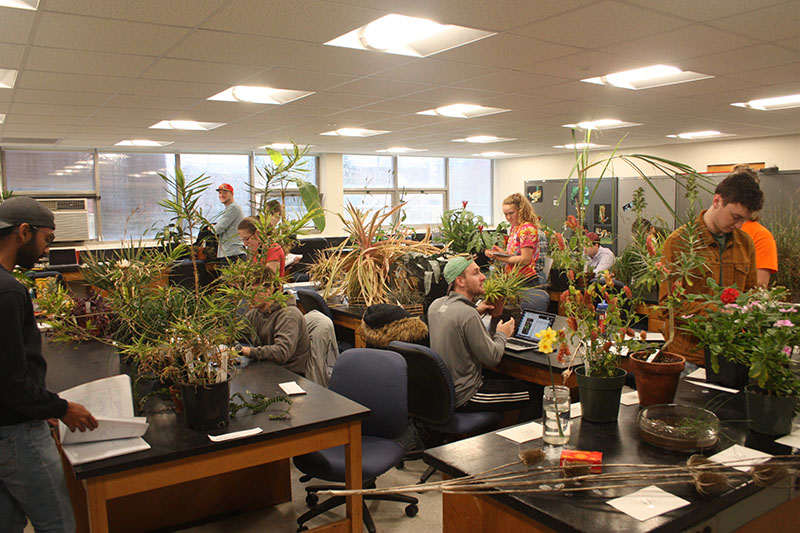 Every other spring, Dr. Les teaches EEB 3271 Systematic Botany, covering the vast diversity of vascular plants. With 3,000 species, the
Every other spring, Dr. Les teaches EEB 3271 Systematic Botany, covering the vast diversity of vascular plants. With 3,000 species, the 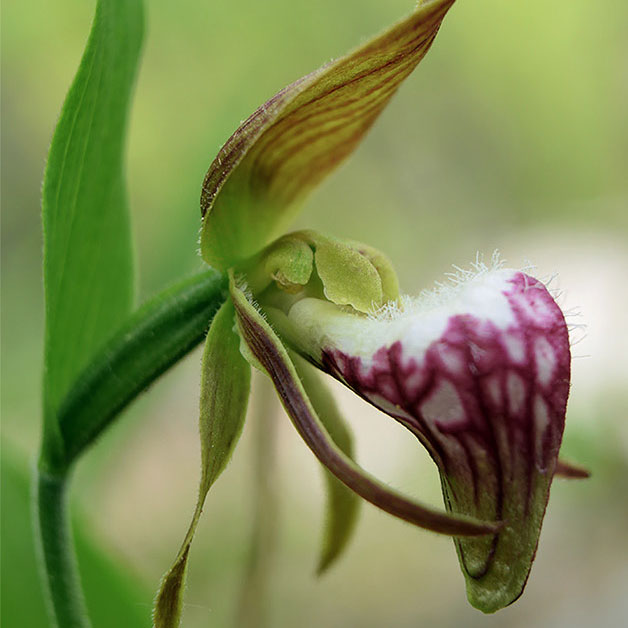 A special event celebrating Orchids p
A special event celebrating Orchids p
